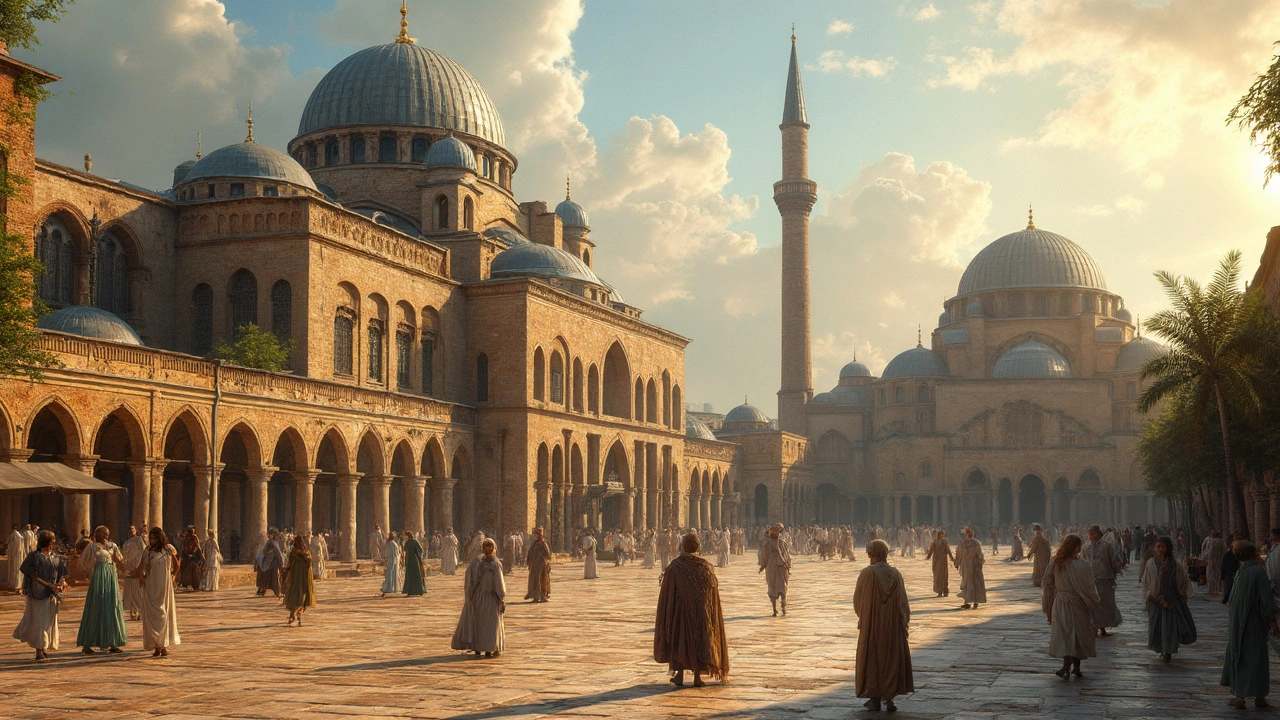Mosaics: A Practical Guide to History, Materials, and Seeing Them
Mosaics are one of those art forms you see often without always noticing. Small pieces of stone, glass, or tile come together to make images and patterns that last for centuries. This page gives you quick, useful pointers: what mosaics are, where to find great examples, how they’re made, and a few simple care and DIY tips you can actually use.
What a mosaic really is and how it’s made
A mosaic is an image or pattern made from many small bits called tesserae. Tesserae are usually stone, ceramic, or colored glass. Craftspeople set them in mortar or glue, then grout the gaps. That’s it in a nutshell — but there are real skill and technique behind tight curves, smooth color blends, and long-lasting outdoor pieces.
Techniques matter. Direct method: tesserae are placed straight onto the surface. Indirect method: pieces are set face-down on a temporary carrier, then transferred — handy for big floors. Opus vermiculatum uses tiny tesserae for detailed portraits; opus tessellatum uses larger tiles for broader areas. Knowing the method helps you spot original work vs. modern reproductions.
Where to see the best mosaics and what to look for
Want famous examples? Byzantine mosaics in churches (think bright gold backgrounds and stylized faces) are a must-see. Ancient Roman mosaics often show daily life, myth scenes, or geometric borders — check floors in archaeological sites. Many Art Nouveau and Mediterranean buildings use mosaic details too. If you’re browsing museums, look for closely set tesserae, consistent grout, and colors that haven’t bled into each other.
When visiting, notice three things: color longevity (glass tends to keep brightness), tesserae size (smaller pieces mean finer detail), and surface wear (feet and weather wear patterns tell you how the piece was used). If you want reading suggestions on styles and history, our pieces on Ancient Roman Architecture and Byzantine Architecture go deeper into how mosaics fit into building design.
Want to take a quick photo? Shoot at a slight angle to avoid reflections on glass tesserae and get a close crop to show texture.
Quick care & DIY tips
If you own or manage mosaics, basic care goes far: keep water away from porous stone, avoid harsh acids on grout, and sweep rather than scrub to remove grit. For outdoor mosaics, check grout lines each season and seal where appropriate. For small DIY projects, pick a stable base, use a thin-set tile adhesive for durability, and choose grout color to match or contrast for the effect you want.
Ready to learn more? Check local museums, historic churches, and archaeological sites. If you want hands-on, community art centers often run mosaic workshops where you can try the direct method and take home a small panel. Mosaics are practical, tough, and surprisingly modern when used in contemporary interiors and public art.
Questions about a specific mosaic style or making one yourself? Ask here and I’ll give practical pointers tailored to your project or trip.

Byzantine Architecture: The Synthesis of Classical and Eastern Styles
Dive into Byzantine architecture—the blend of Roman engineering and Eastern flair, from soaring domes to glowing mosaics, that still shapes buildings today.
Read more
Byzantine Architecture: The Grandeur That Changed Skylines
Unpack the magic behind Byzantine architecture and its impact on the world as we know it. This article explores why domes, mosaics, and spacious designs weren't just for looks but actually changed how cities and worship worked. If you've ever wondered how buildings like Hagia Sophia stood for centuries, you'll get real answers here. Whether you're planning a trip, studying history, or just love amazing structures, these insights will come in handy. You'll also discover fun facts and tips if you want to spot true Byzantine features in any city.
Read more